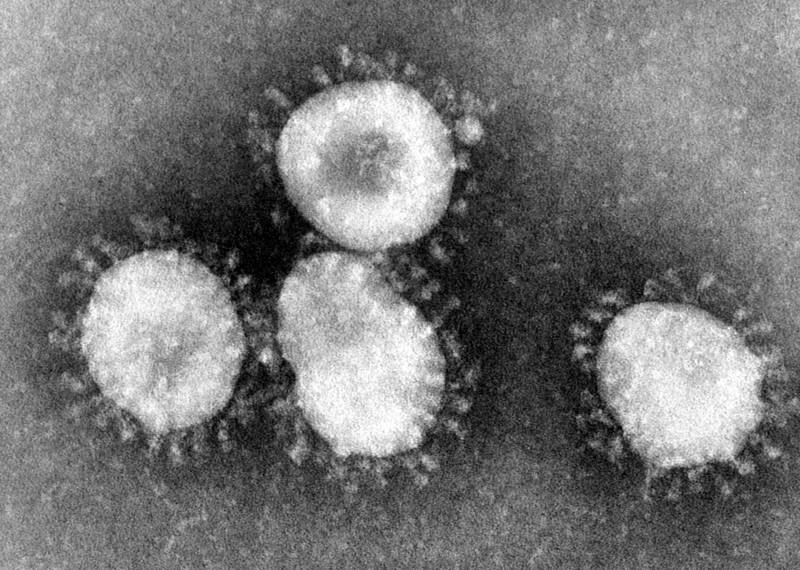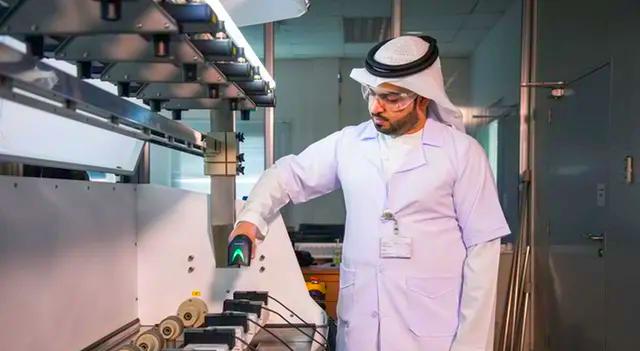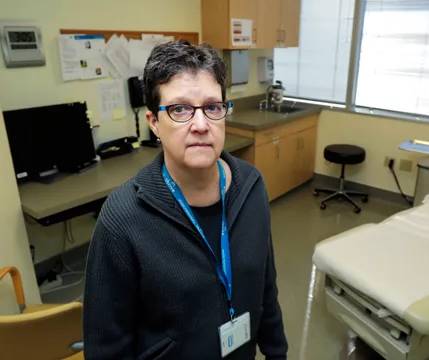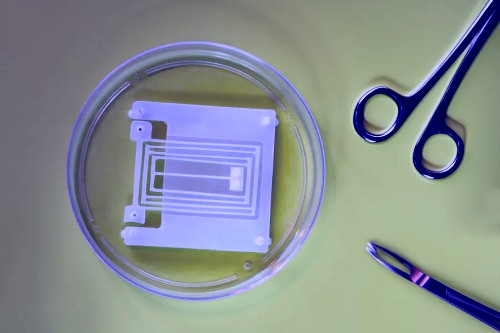What is a virus anyway?
Tim Philp, For the Expositor

So, just what is a virus anyway?
Viruses are very tiny bits of genetic material, either DNA or RNA, a related molecule, that are surrounded by a protein shell that shields the genetic material and helps it gain entry into a cell.
The viruses have no organs or the ability to reproduce themselves. There has been debate from the time of their discovery about whether viruses are even alive. We are most familiar with viruses in the forms that cause HIV, herpes and hepatitis. The most familiar is the virus family that causes the common cold.
Viruses use their protein coats to attach to a cell and effectively drill into its membrane to inject their genetic payload. This material then takes over the cell’s machinery to make thousands of copies of the virus. This is not good for the cell, which eventually dies, bursts and releases thousands of copies of the virus to infect other cells.
Ironically, most of the discomfort felt when infected by a virus is to do with the body’s own immune response to the infection. The body increases its temperature increases its defence systems release chemicals, which make us uncomfortable. The destruction of cells also contributes to the symptoms of the illness.
The biggest problem with viruses is that there are few drugs that kill or inactivate them. Worse, most of these drugs are almost as deadly to the host organism as to the virus. Drugs, such as Interferon, have acute side-effects that make them unpleasant to take.
There are only two effective ways of combating viral infections. The best is to avoid getting infected in the first place. Frequent and vigorous hand-washing, along with physical distancing, are the best and, at this time, only defence against getting COVID-19.
The other way is through vaccination, which scientists are now working on for COVID-19.
The body’s immune system is a wonderful mechanism that is capable of dealing with most viral, bacterial and fungal infections. However, the key is early recognition that the body has been infected. The longer this takes, the more copies of the virus are in your body and the more cells that are in danger of infection. Once the infection takes hold, it becomes that much more difficult for the body to heal itself.
Vaccination primes your body with weakened, or dead, copies of the virus, allowing it to recognize the infection sooner. In this way, the body gets a head-start on killing the infection.
But vaccines take time to develop, up to 18 months in some cases. Worse, people have come to not trust vaccines because of discredited research.
Most viruses are usually harmless, but some can be deadly. As well, many do not have the copy-checking mechanism that most cells have when they reproduce themselves. As a result, they often mutate and present themselves in newer, and sometimes deadlier, forms. This is why we need a new flu shot every year.
With the COVID-19 virus wreaking havoc in the world, our best defence, for now, lies in washing our hands and keeping ourselves physically distanced from one another.
Tim Philp has enjoyed science since he was old enough to read. Having worked in technical fields all his life, he shares his love of science with readers weekly. He can be reached by e-mail at: tphilp@bfree.on.ca or via snail mail c/o The Expositor.








Post Comment
You must be logged in to post a comment.